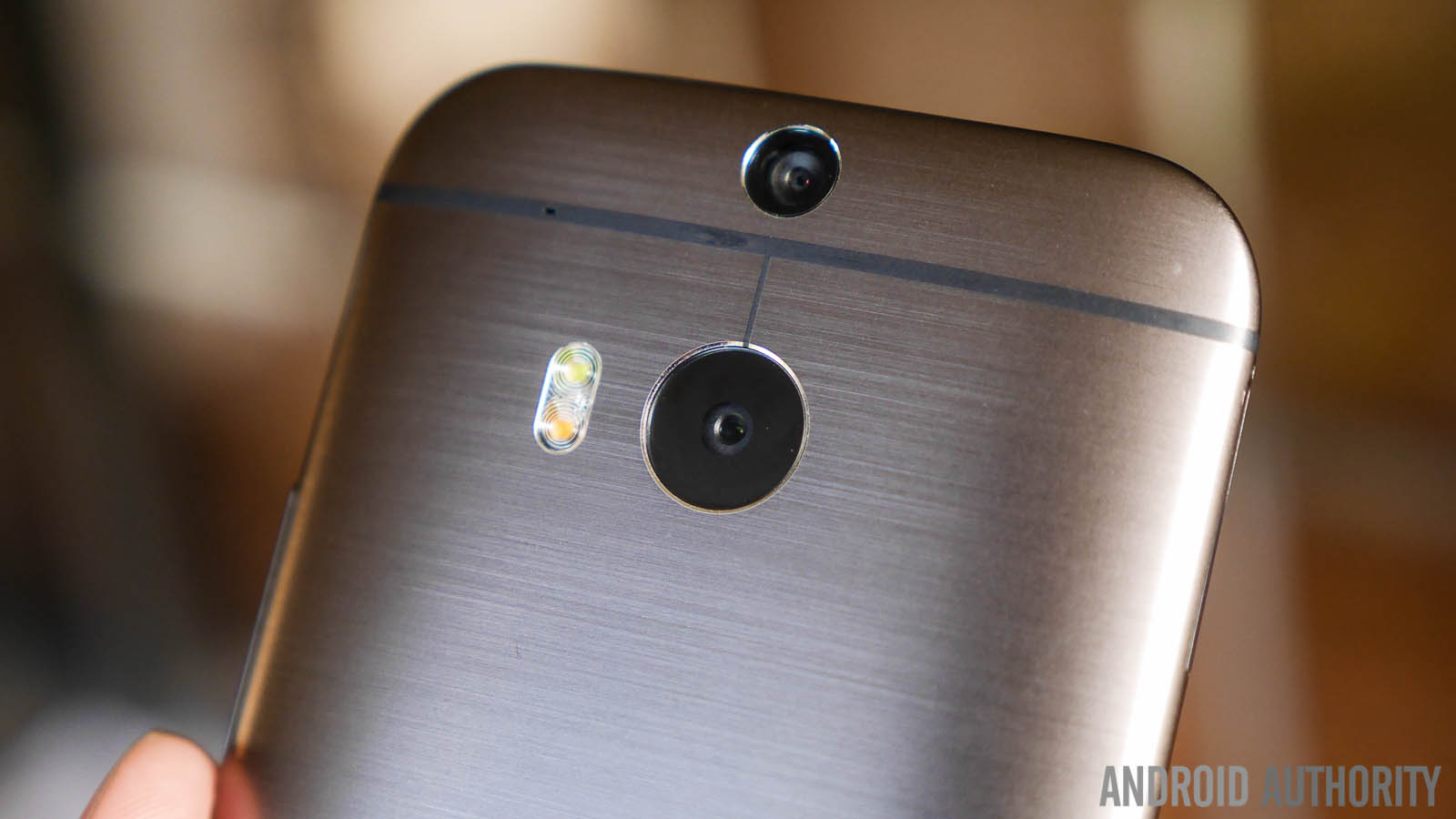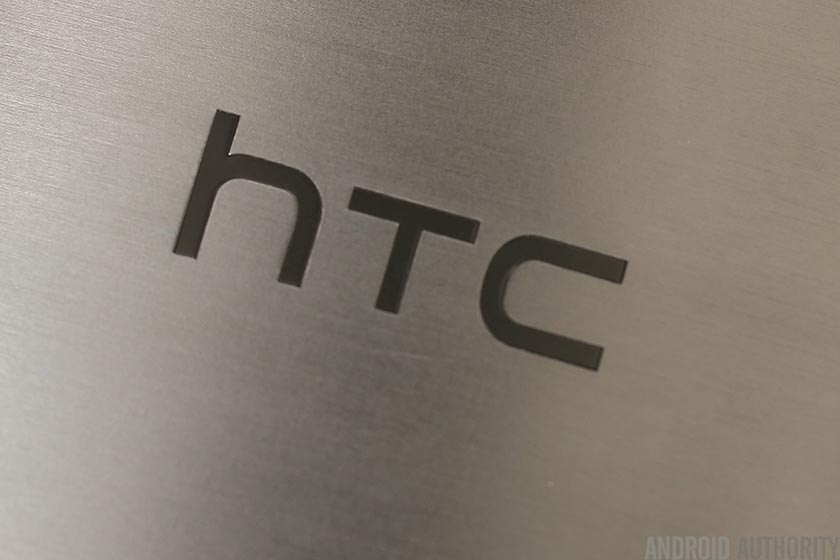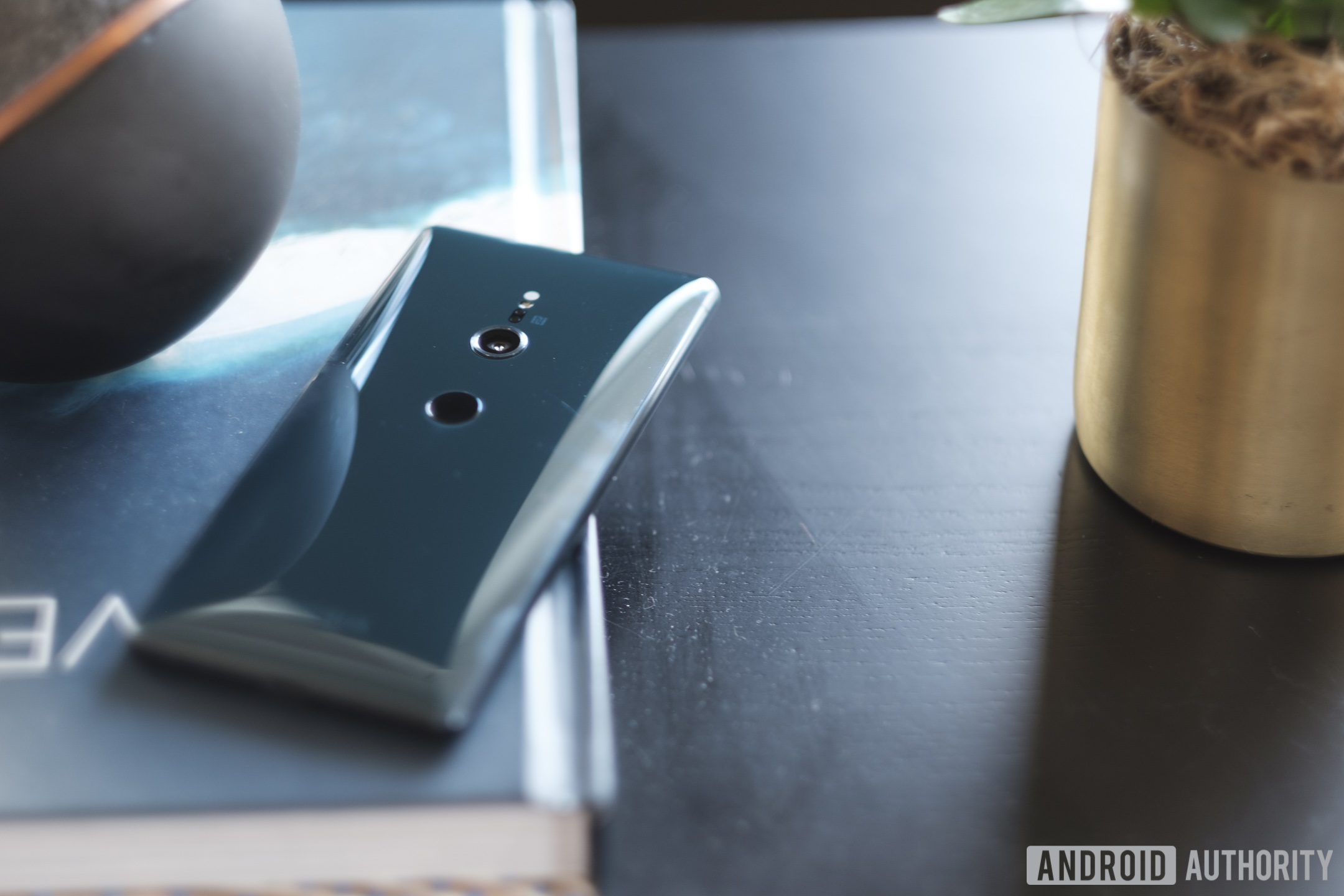
New developments like advanced facial recognition and triple cameras may make it feel like a time of innovation in the smartphone industry, but this isn’t totally the case.
Whether it’s Samsung or Xiaomi, most top brands aren’t as all-in on innovation as they used to be. Samsung’s Galaxy S9 is largely similar to the S8, which was similar to the S7. Meanwhile, Xiaomi is riding on the coattails of the original Mi Mix design and low-priced budget phones.
Read: Think Android phones are all the same? Here are 8 that do things differently
Sure, the Samsung Galaxy S9’s dual-aperture camera setup is rather intriguing, and the Xiaomi Mi 8 sports an interesting dual-frequency GPS feature that will surely make its way to other phones. Huawei also delivered a unique triple-camera setup now tipped to appear on Samsung and Apple devices in the future. However, innovation alone can’t cut it anymore. These phones all had unique features, but they also didn’t rock the boat much.
It’s clear the industry and consumers don’t rewarding innovation as much as they once did. Just look at these innovative companies, who haven’t been able to keep up with their more popular competitors.
Palm
Perhaps the biggest innovator of anyone on the list, Palm’s Pre and Pixi devices are responsible for a lot of now-common features.
The company popularized the gesture-based navigation system (lateral swipe to switch tasks, upward swipe to home), which was nicked by Apple, Xiaomi, and several other manufacturers.
Then there’s the card-based multitasking and recents menu, which shows each active app as an individual card. In the months and years that followed its introduction, Android, iOS, and Windows Phone all adopted the feature.
Furthermore, the company was arguably the first to launch smartphones with wireless charging capabilities. Way before Nokia, Samsung, Apple and other brands jumped on the train, WebOS devices led the way.
Now the brand is consigned to LG’s smart TVs, after its acquisition by HP and subsequent sale to the Korean giant. Palm is tipped to come back this year via Blackberry custodian TCL, but we don’t expect anything too innovative to come from that.
HTC
One of the more prominent examples of innovation not guaranteeing success is HTC, which has delivered several neat innovations over the years.
It was among the first to deliver a dual-lens camera setup, on 2011’s HTC Evo 3D. It was only for 3D photos at first, but 2014’s HTC One M8 upped the ante, allowing refocusing too. The solution became a template of sorts for dual-camera setups. Yet, despite introducing the feature, HTC is far from the best at it now.
The Taiwanese company also led the way for convertible devices, launching the 4:3 Advantage way back in 2007, long before hybrids were a thing. It ran Windows Mobile, but how many other mobile devices had a laptop-style form factor and tried to deliver a PC experience in 2007?
The company introduced squeezable edges, Hi-Res Audio recording in stereo, and more. Yet, for all HTC’s innovations, where has it led? Even BoomSound, once the smartphone industry’s gold standard, is just an also-ran now.
Maybe it’s time HTC made some noise about its innovations, instead of being quietly brilliant. Otherwise all that R&D just sucks up the budget and fuels other companies’ improvements.
Sony
This Japanese giant has had its fair share of innovations. Sony introduced 960fps super slow-motion video, something Samsung and Huawei both adopted profited considerably more off of. Once again, Sony’s first-out-of-the-gate approach paled in comparison to Samsung’s more iterative method.
Sony was also first to bring a 4K display to a phone, which isn’t exactly the best way to consume 4K content in the first place. The small screen size and battery considerations mean you’ll want to stick to 4K on your TV. But hey, the company showed innovation at a time when it seemed like display resolution would never stop increasing. We now know most of you prefer 1080p after all.
Sony also pushed the AR angle harder than most before Apple and Samsung made it mainstream. Its 3D Creator app is yet another example of a niche innovation that didn’t find an audience. Adding Playstation controller-like rumbles to smartphone gaming may sound like a great idea, it is equally unlikely to take off.
Unfortunately, the Japanese firm is reassessing its operations in Turkey, the Middle East, and Africa, owing to slow sales and poor financial performance. Yet another case of innovation not leading to success.
LG
Then there’s perennial underachiever LG, which has delivered several neat innovations either copied or ignored by competitors.
The Korean brand’s Prada phone might be its most influential device ever, delivering a capacitive touchscreen in 2006 with a touch-focused UI. This was way before the first iPhone and Android devices would hit the market.
Read: Is LG’s new mobile strategy actually working? Revenue and sales drop again
The company was ahead of the pack last year too, revealing the G6 and its 18:9 screen a month before Samsung and other major brands. The LG G5’s super wide-angle camera took a completely different approach to the dual-camera setup. It even possessed a modular slot for hardware add-ons, but we don’t talk about that anymore.
LG’s reputation took a knock after the G5’s release — many thought it felt like a beta release. The company’s infamous bootloop issue even made some enthusiasts lose faith in the brand, despite the release of compelling devices like the V30 and G7 ThinQ.
A host of innovative features, cribbed by bigger brands
Tons of brands have innovated, only to have their potential success hampered by competitors copying their features. The Motorola Atrix introduced the idea of an Android phone as a PC via a laptop shell powered by the phone. Since then, Samsung and Huawei have hopped on the Android-phone-as-a-computer bandwagon.
Even China’s Meizu had its long-established gesture-based navigation method copied by the Huawei P10 series and beyond. The navigation method sees users softly tapping the home button to go back, or actually pressing it to go home. Home buttons are going away as bezels get slimmer, but Meizu’s contribution was nevertheless praised by Android Authority’s Bailey Stein in his Meizu m3 Note review.
Then there was Nokia’s Lumia 920, which offer a glove mode for touchscreens and optical image stabilization way before major rivals followed suit. Heck, Nokia also offered double-tap-to-wake functionality and always-on screens on Symbian before Android brands grabbed the feature.
So what actually matters?
Of course innovation matters, as shown by the Huawei P20 Pro, the Vivo Nex, Oppo Find X and a host of recent flagship phones. It still serves as a key barometer of technological (and potentially market) supremacy. If nothing else, it catches headlines and generates some buzz, and hype seems increasingly important to manufacturers, even if the sales don’t necessarily follow in turn.
Even Apple hasn’t stood completely still. The company’s well known for grabbing innovative existing features and polishing them up for its own platform, but it always tries to innovate in one way or another each year. It introduced advanced facial recognition last year, portrait mode in 2016, and 3D Touch in 2015.
These days marketing is arguably just as important as innovation. After all, what’s the point of innovating if you don’t tell people about it? Look at HTC and LG for proof of great products that comparatively few people are buying. However, even with marketing budgets like those of Samsung and Apple, sales of the Galaxy S9 and iPhone X suffered for lacking the innovation consumers look for. It takes a balance of innovation and adequate messaging to make a successful phone.
Unfortunately, marketing dollars don’t come from thin air — it’s a catch-22 for many brands. You can’t spend marketing money if you don’t sell plenty of phones, and you often can’t sell plenty of phones if you don’t market them. Very few companies currently market well and innovate well. Most are content to focus on one or the other.
Does innovation still matter in the mobile industry? Give us your thoughts in the comments section!
from Android Authority https://ift.tt/2AE5Cvn









No comments:
Post a Comment